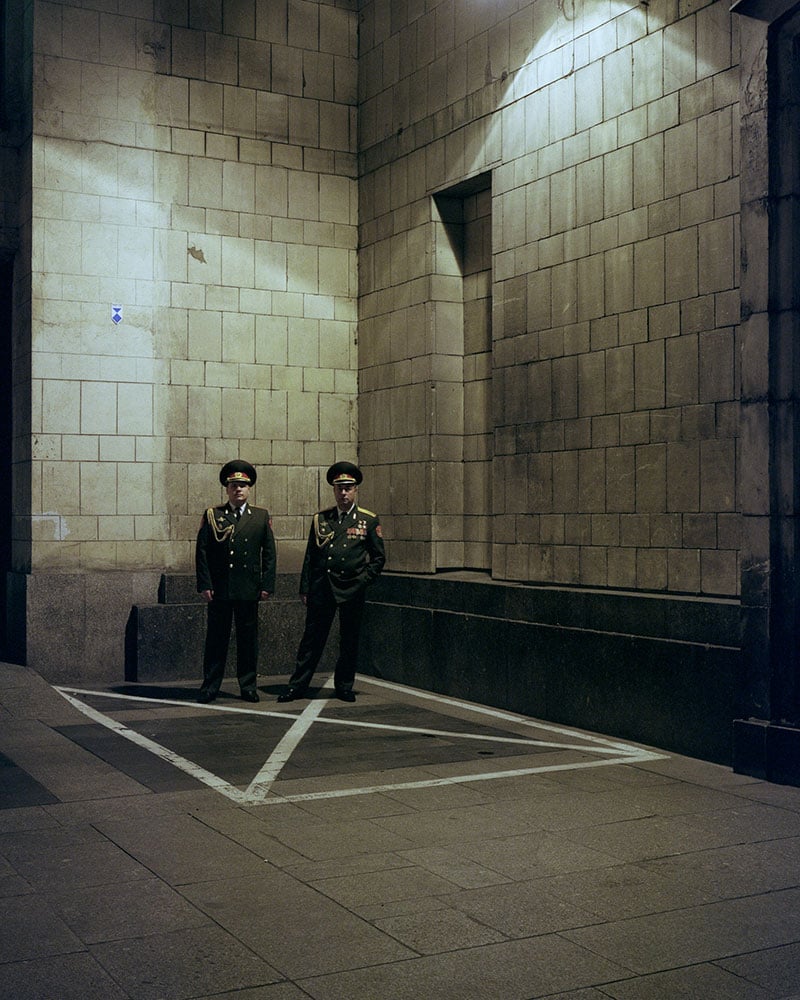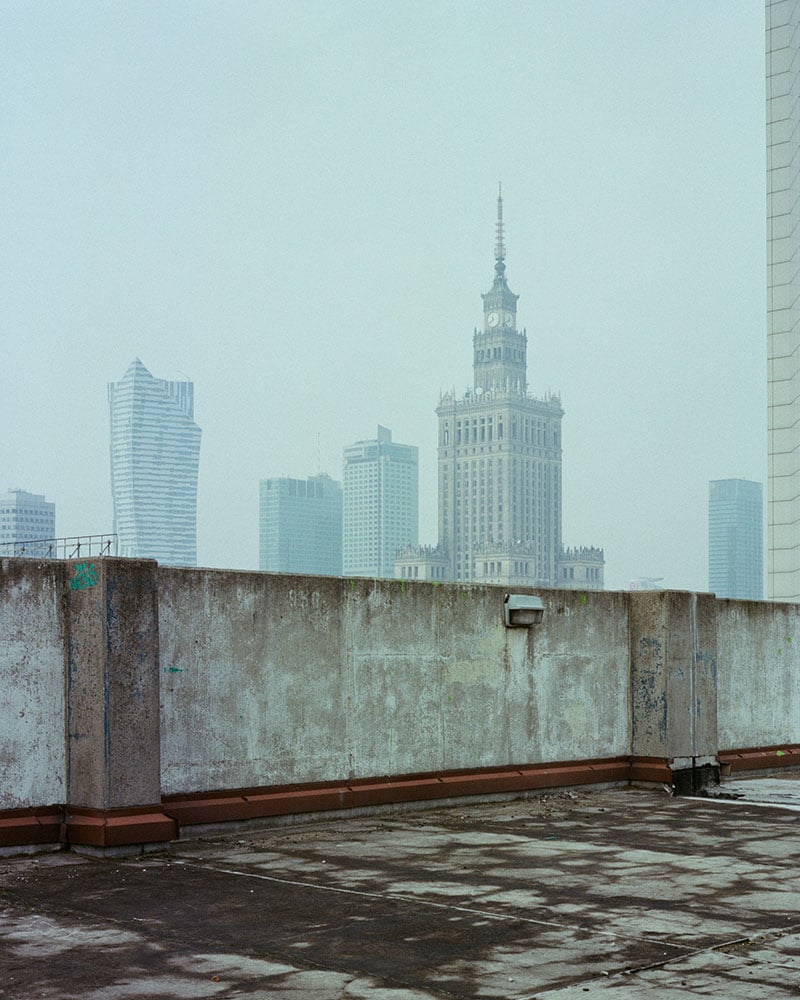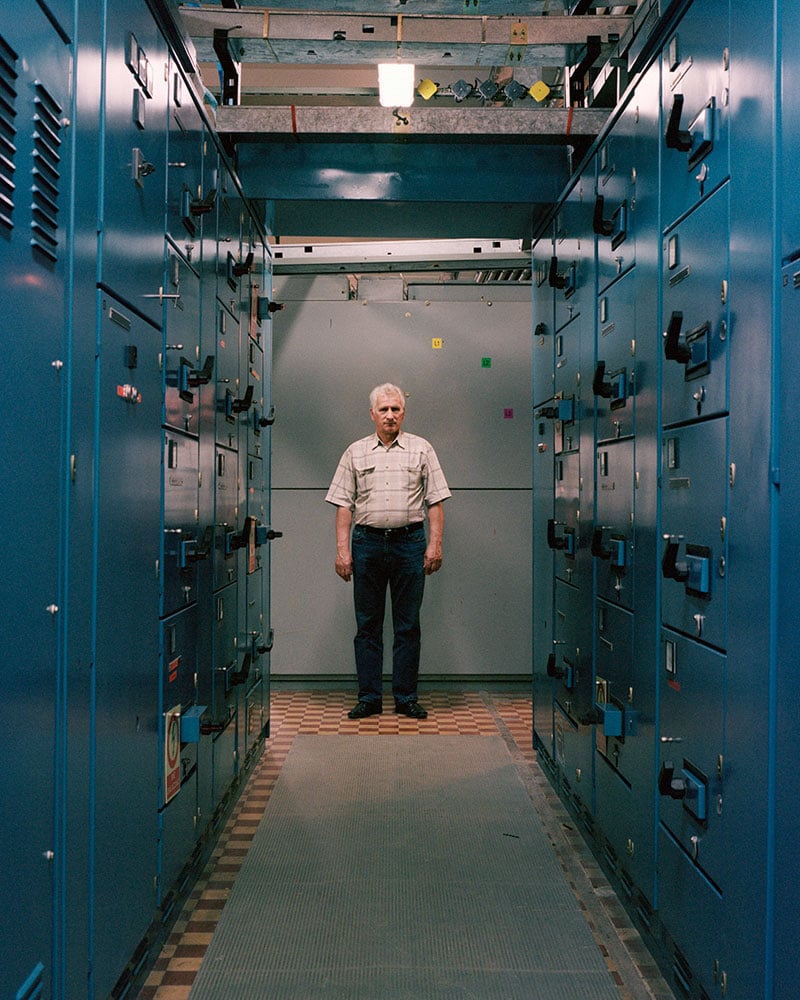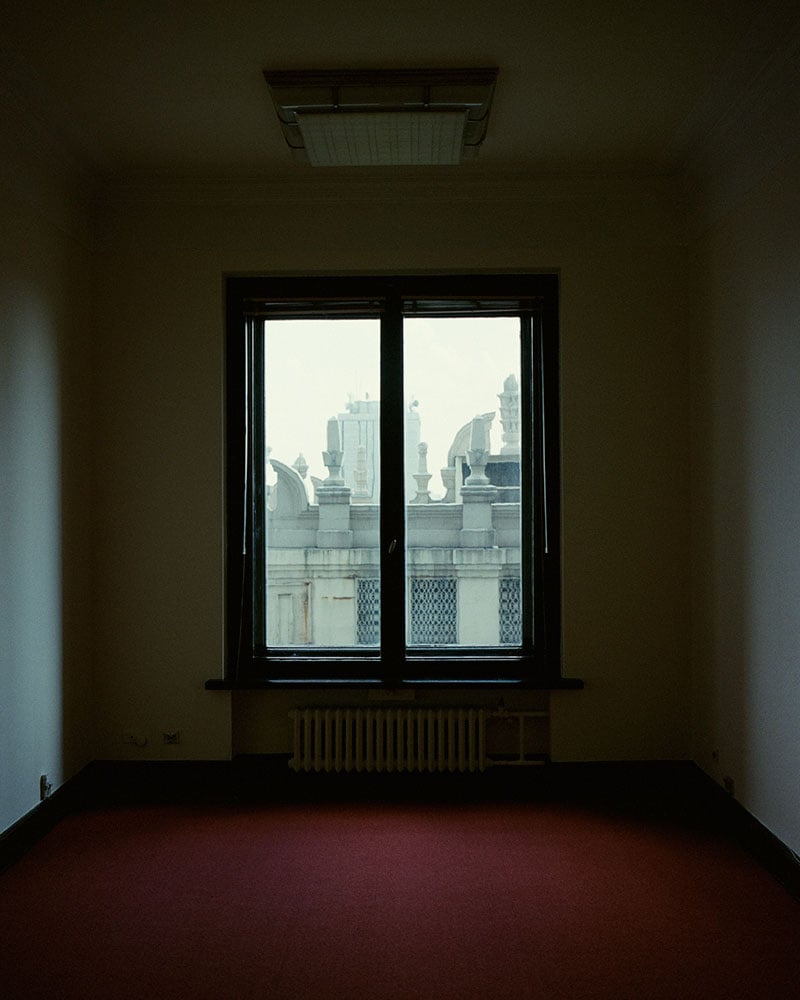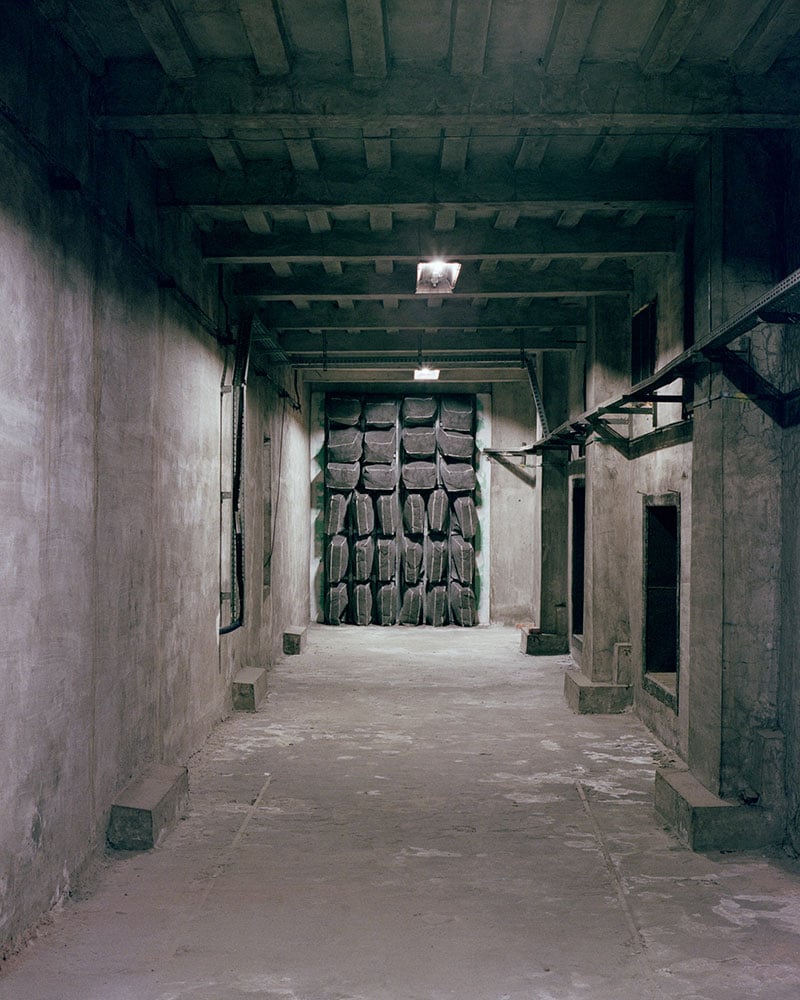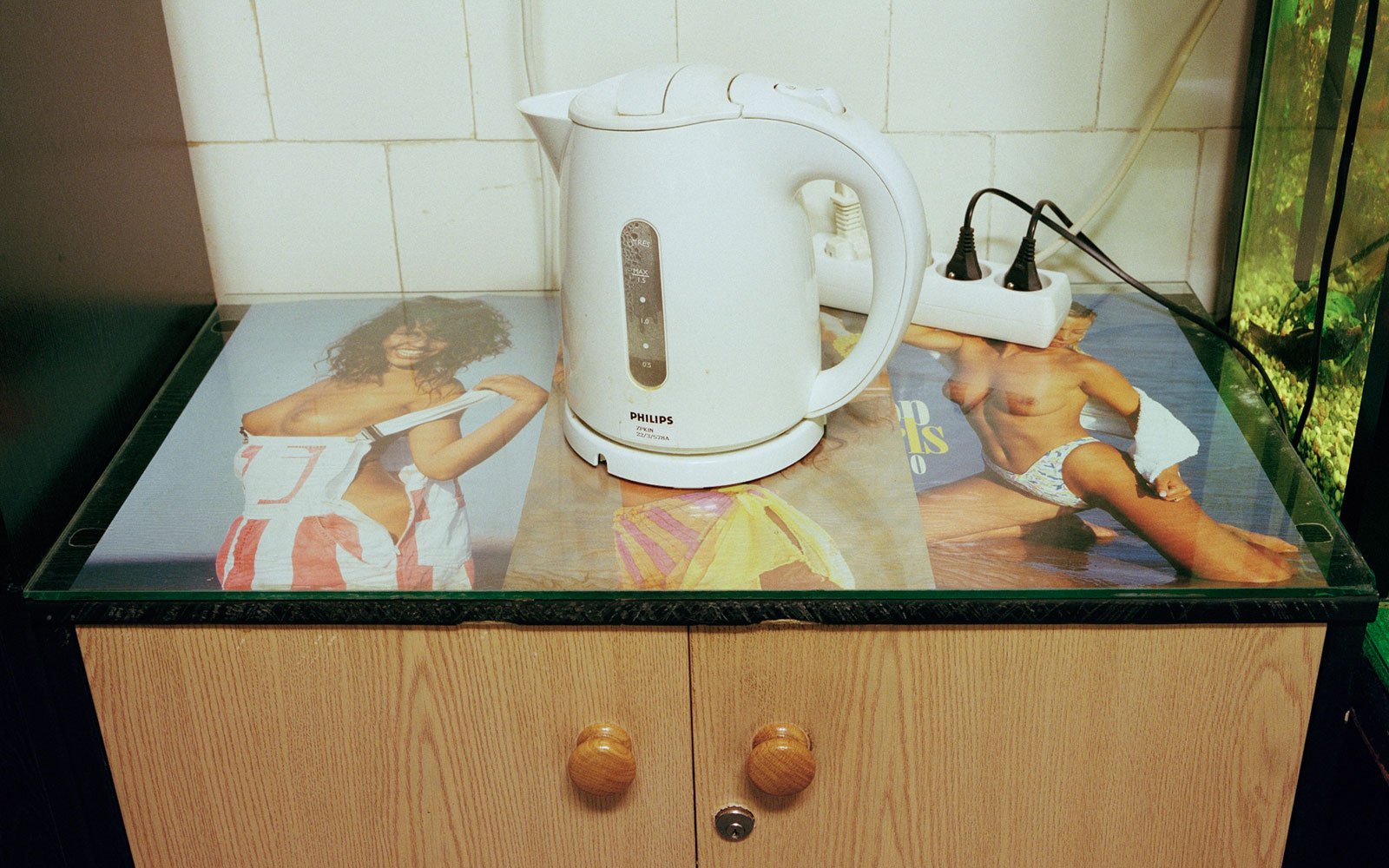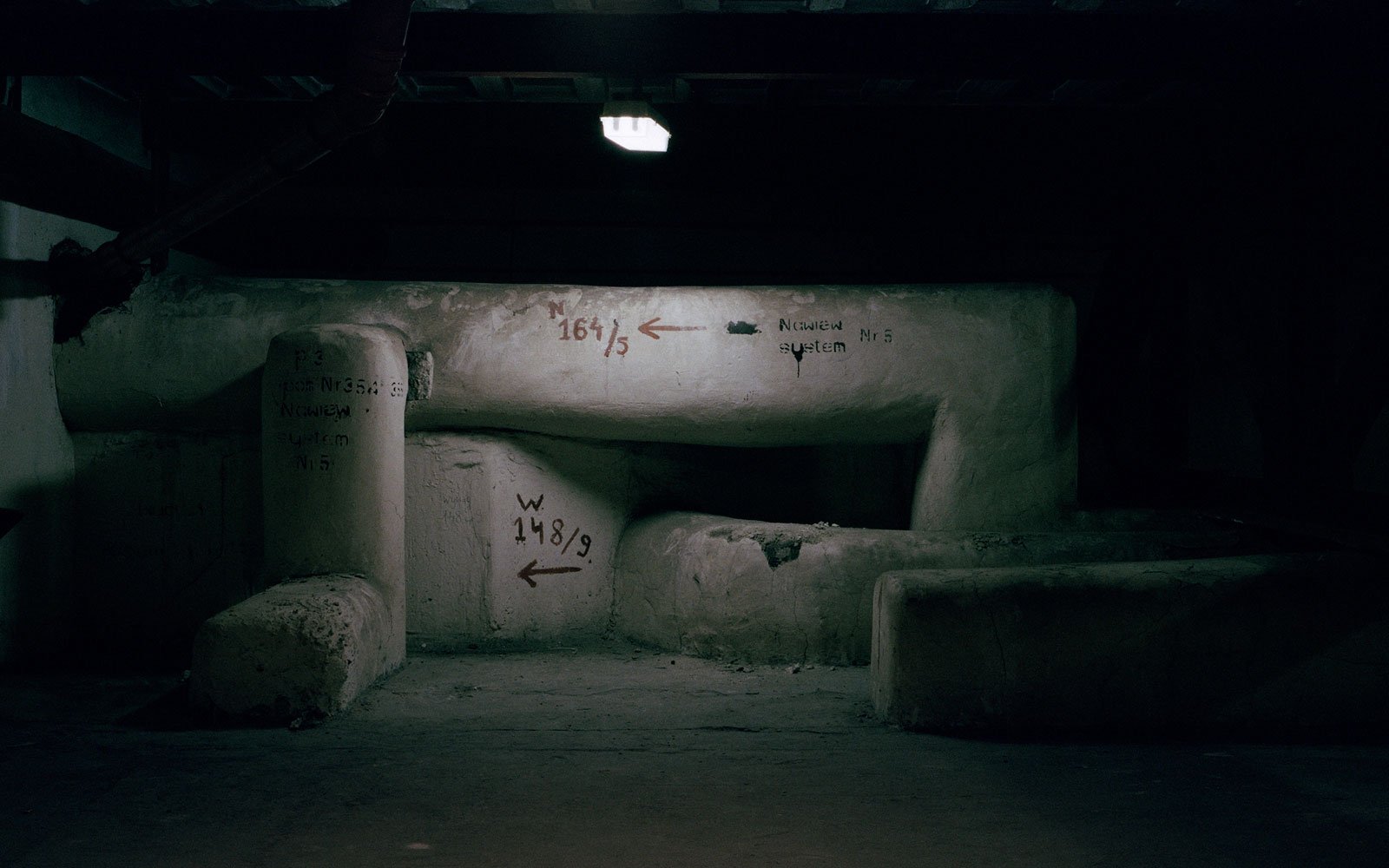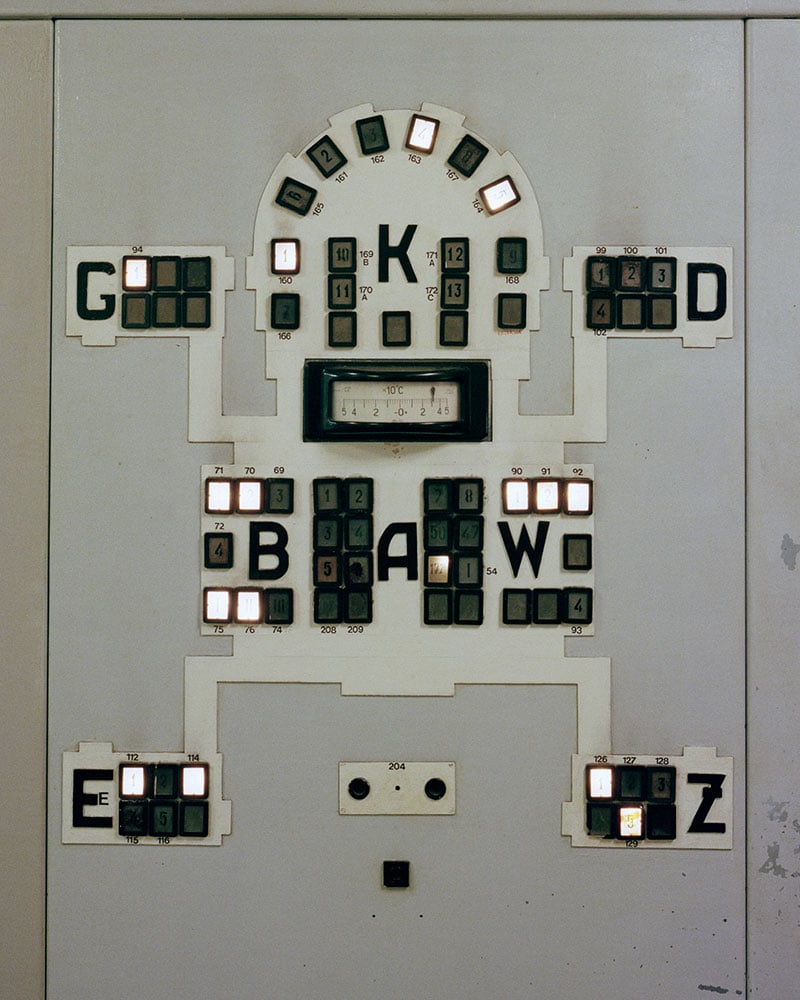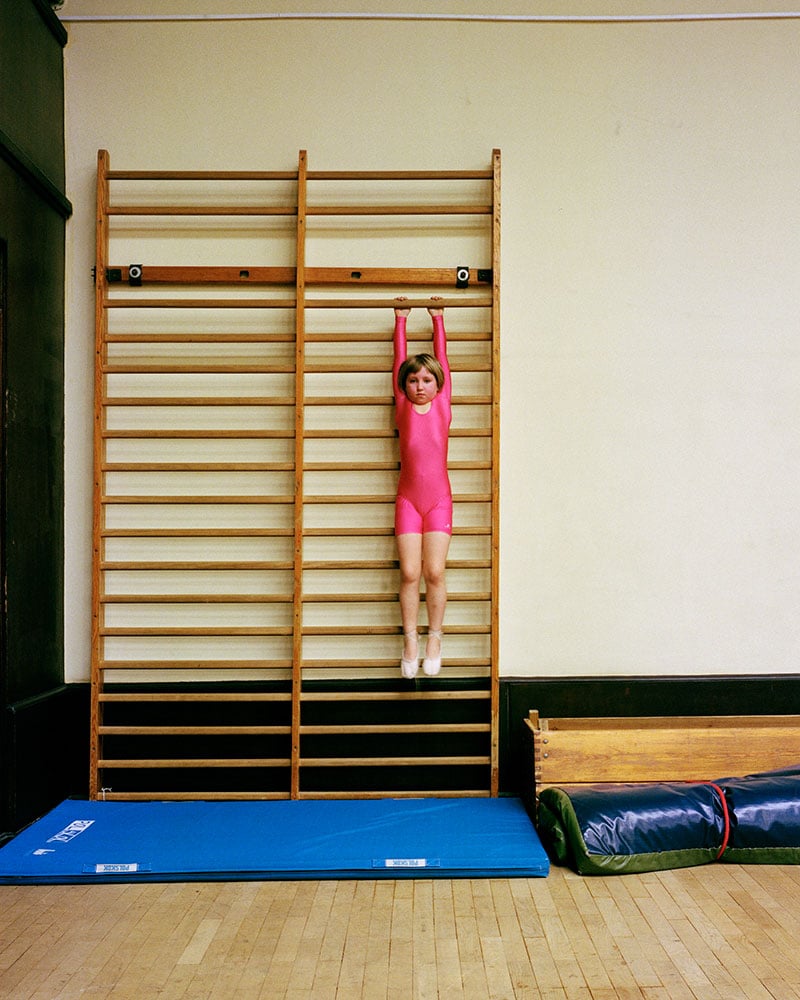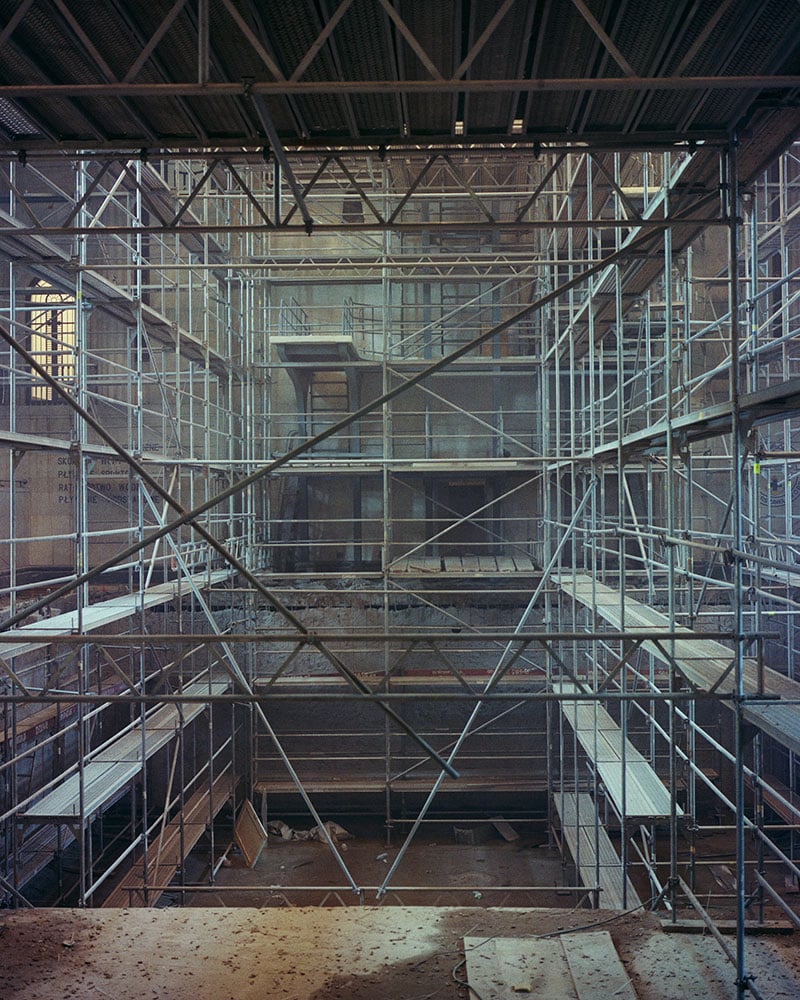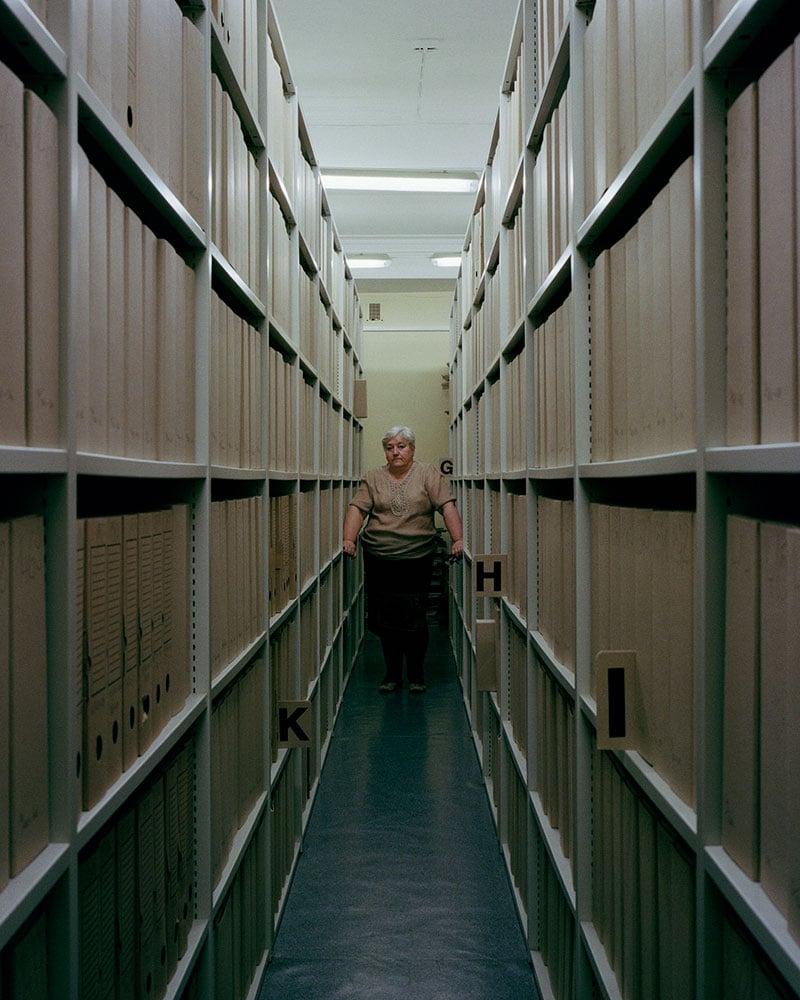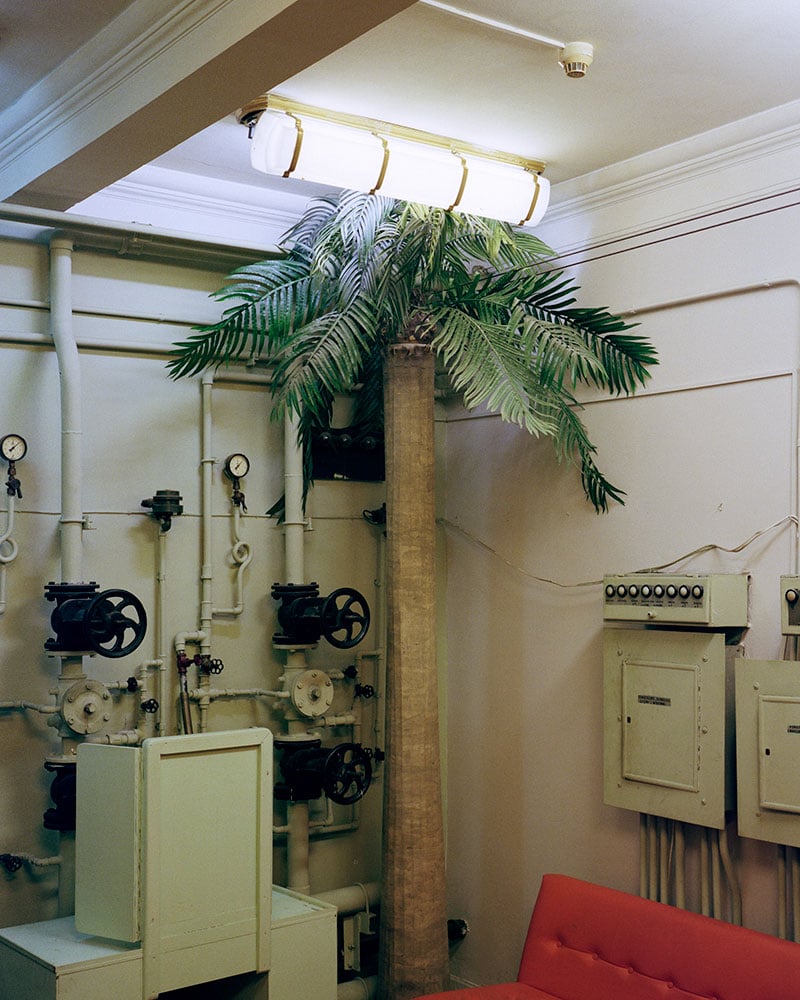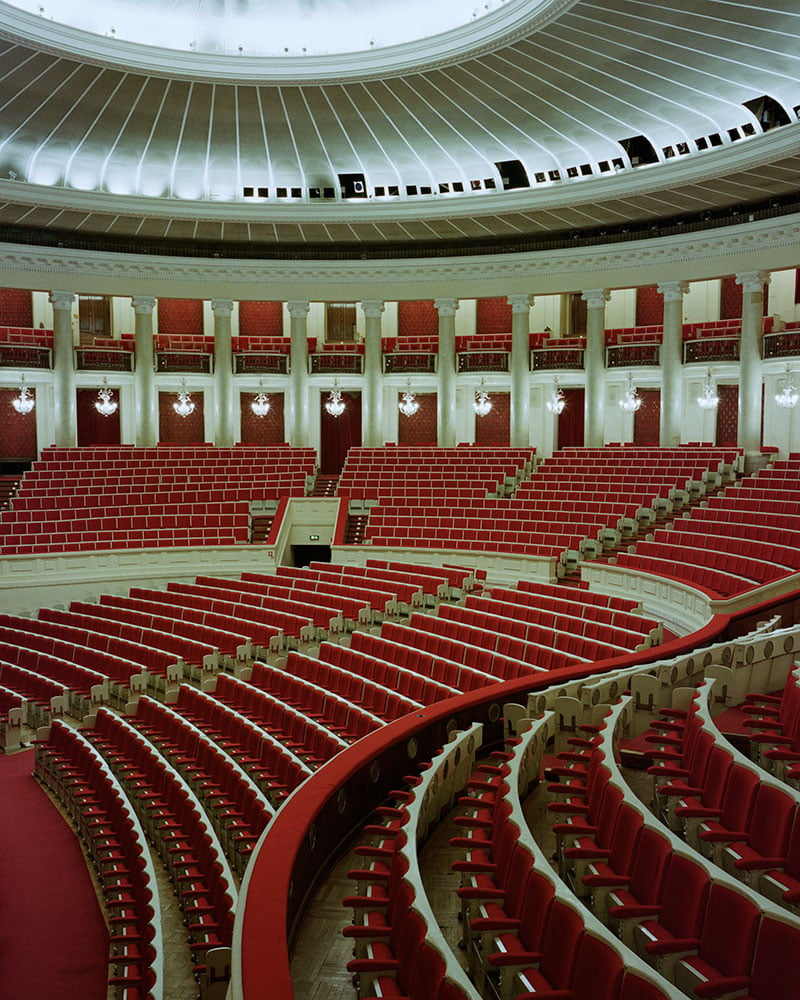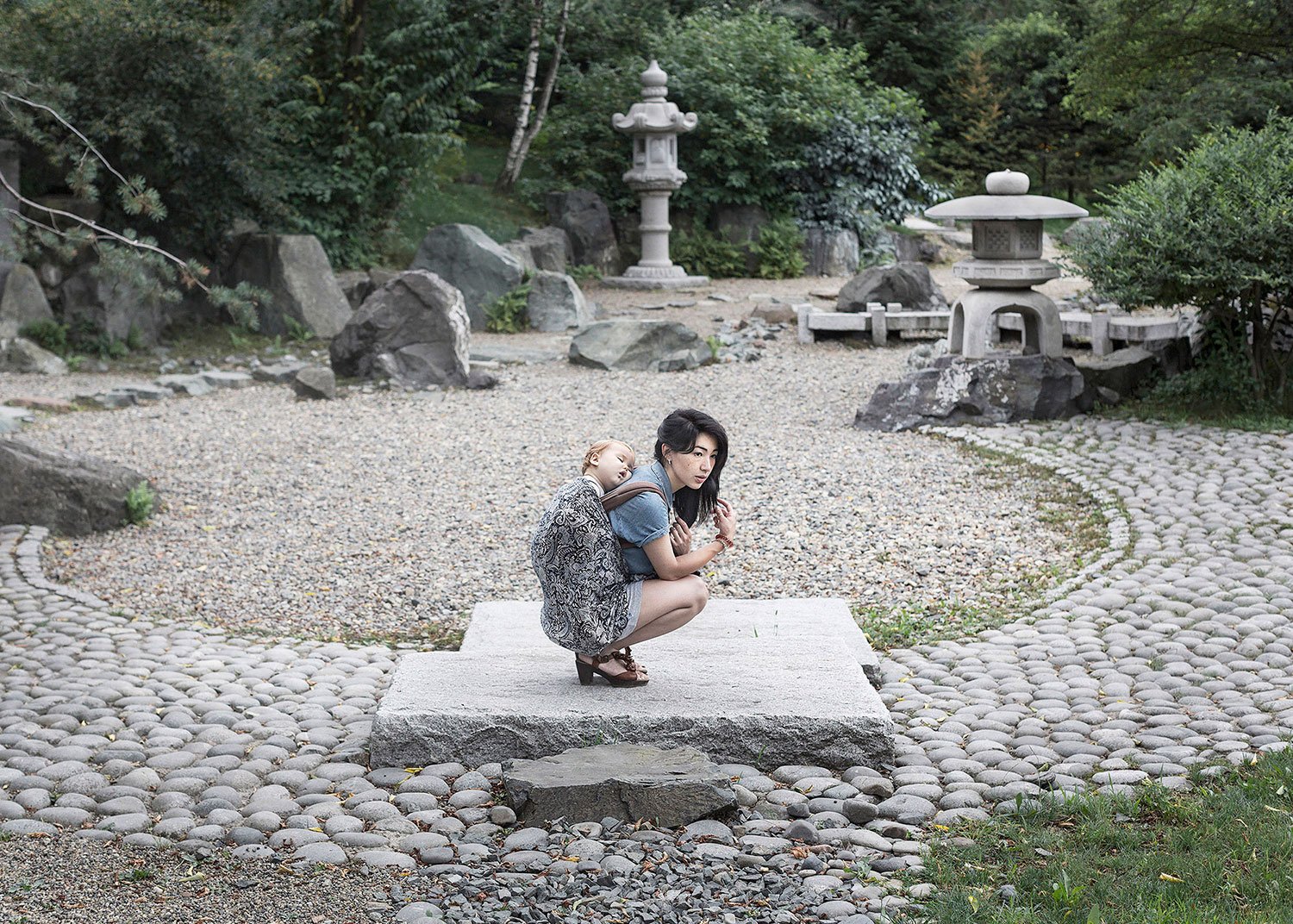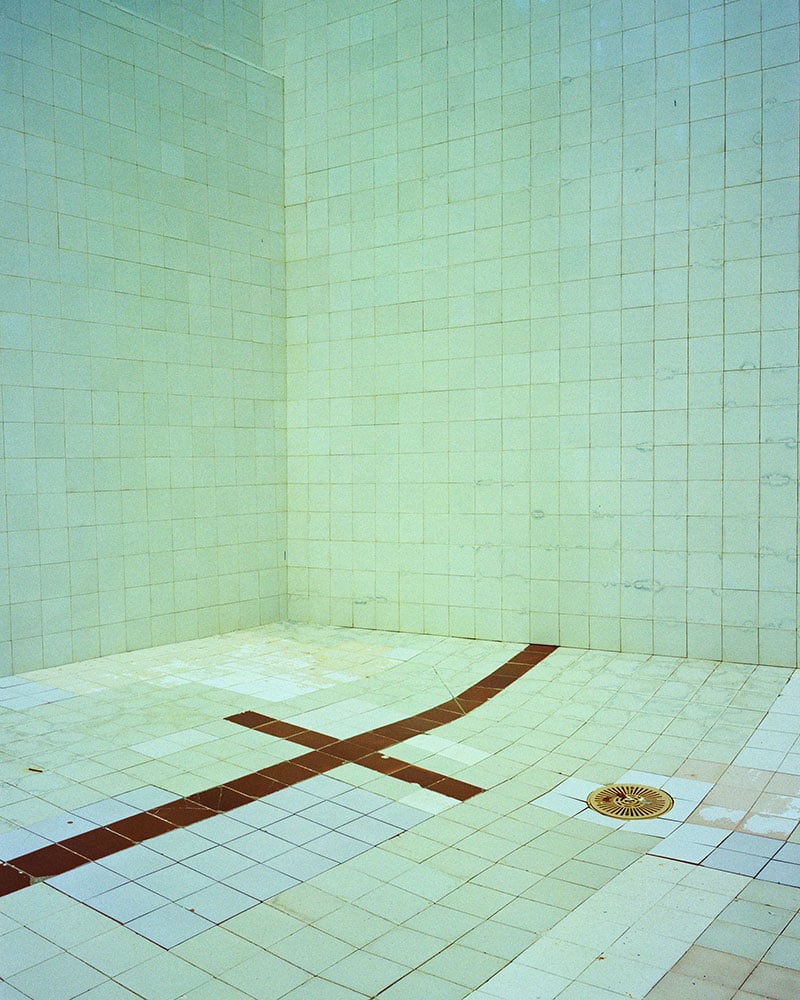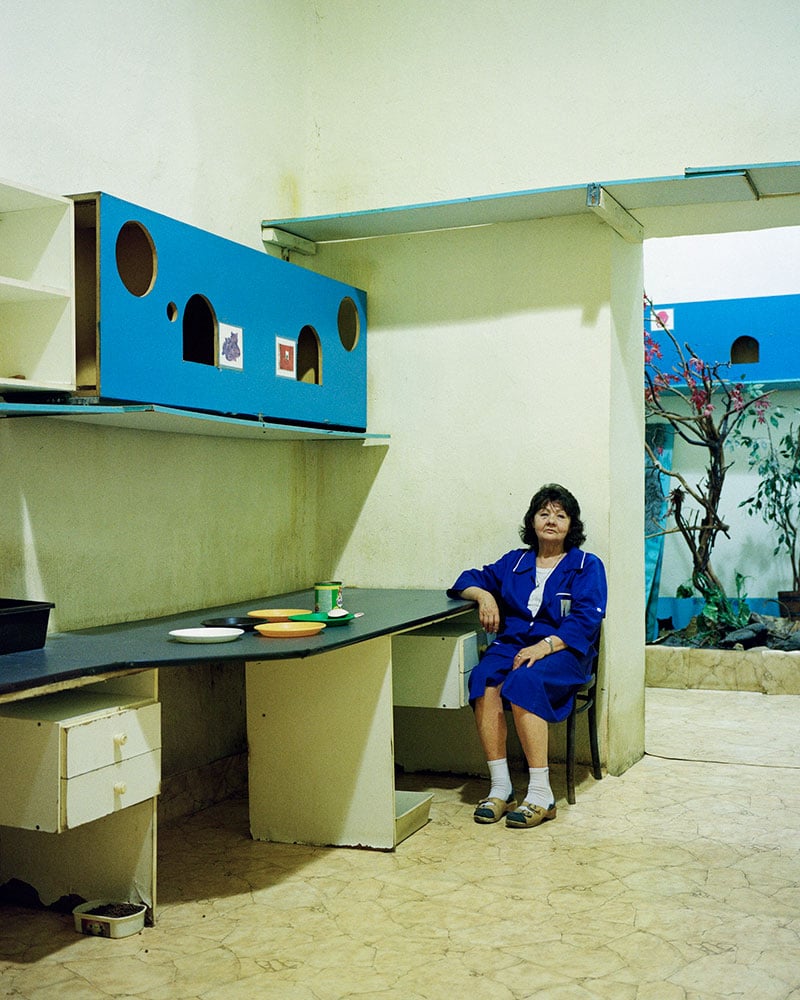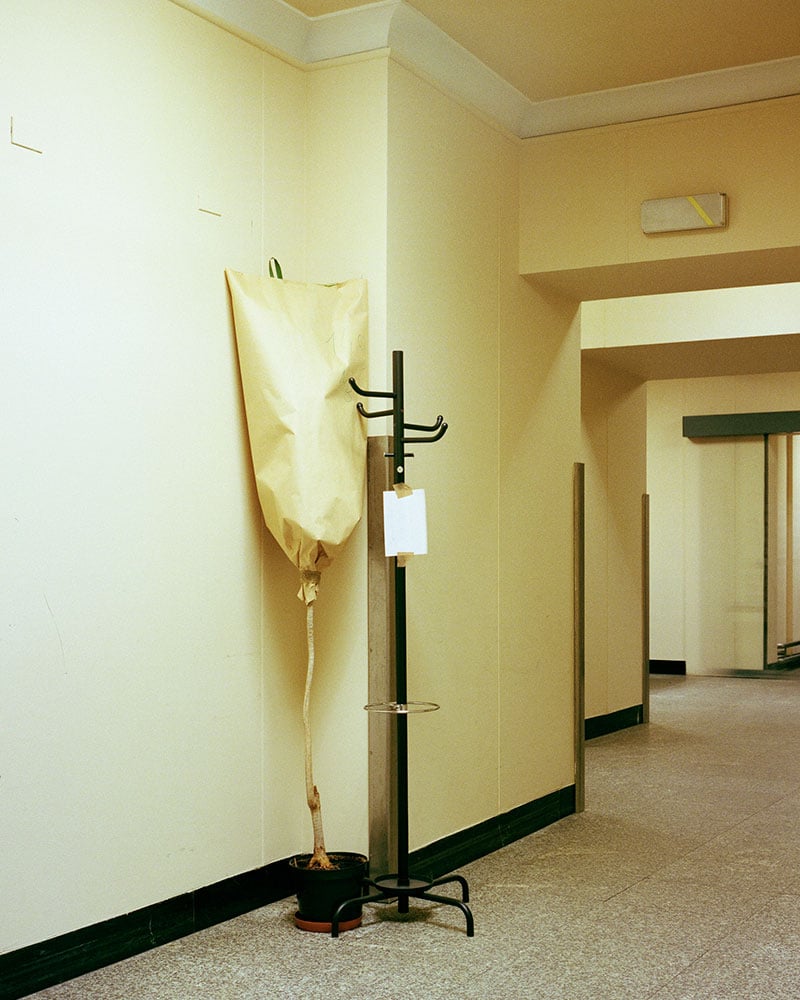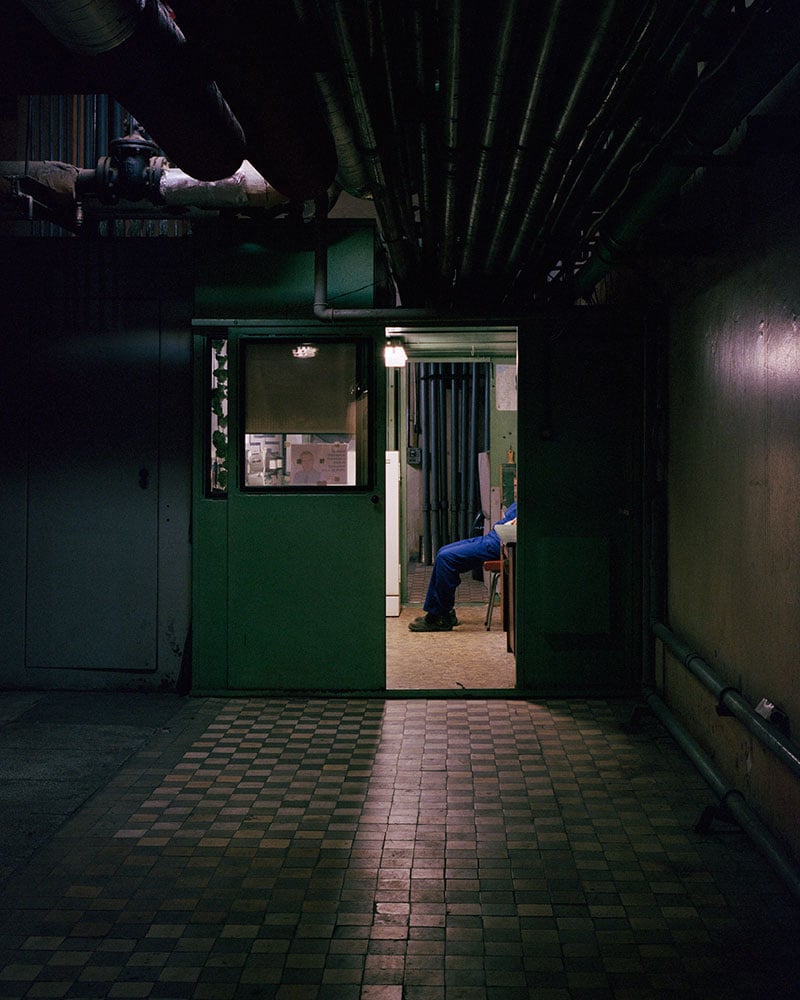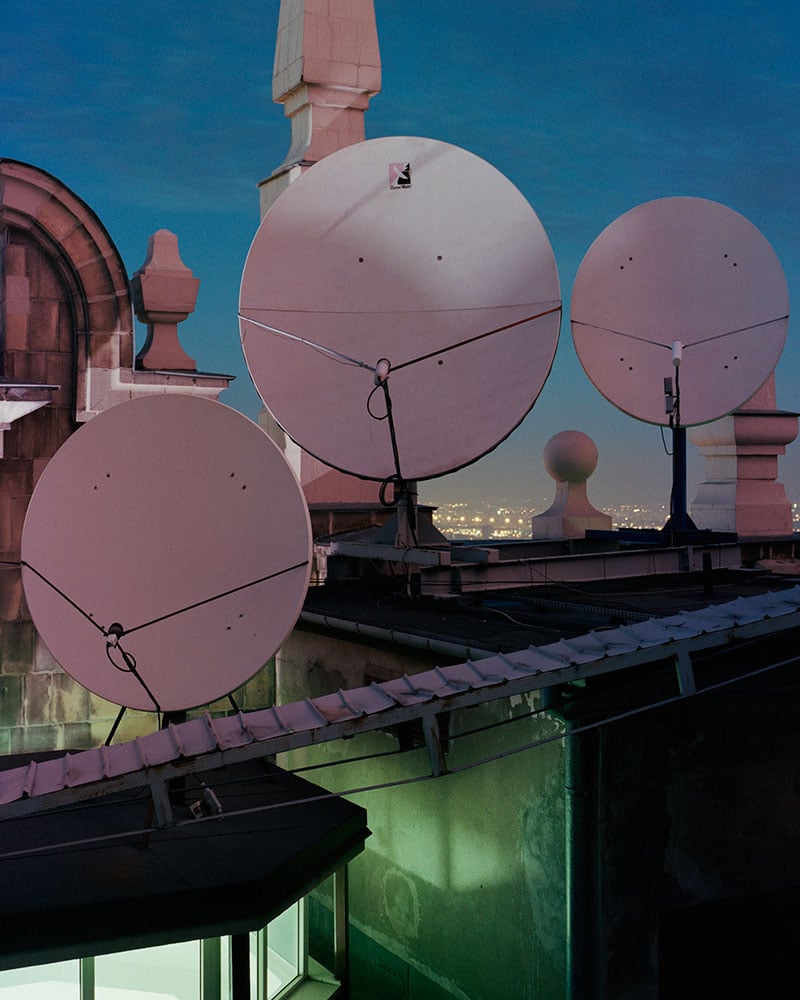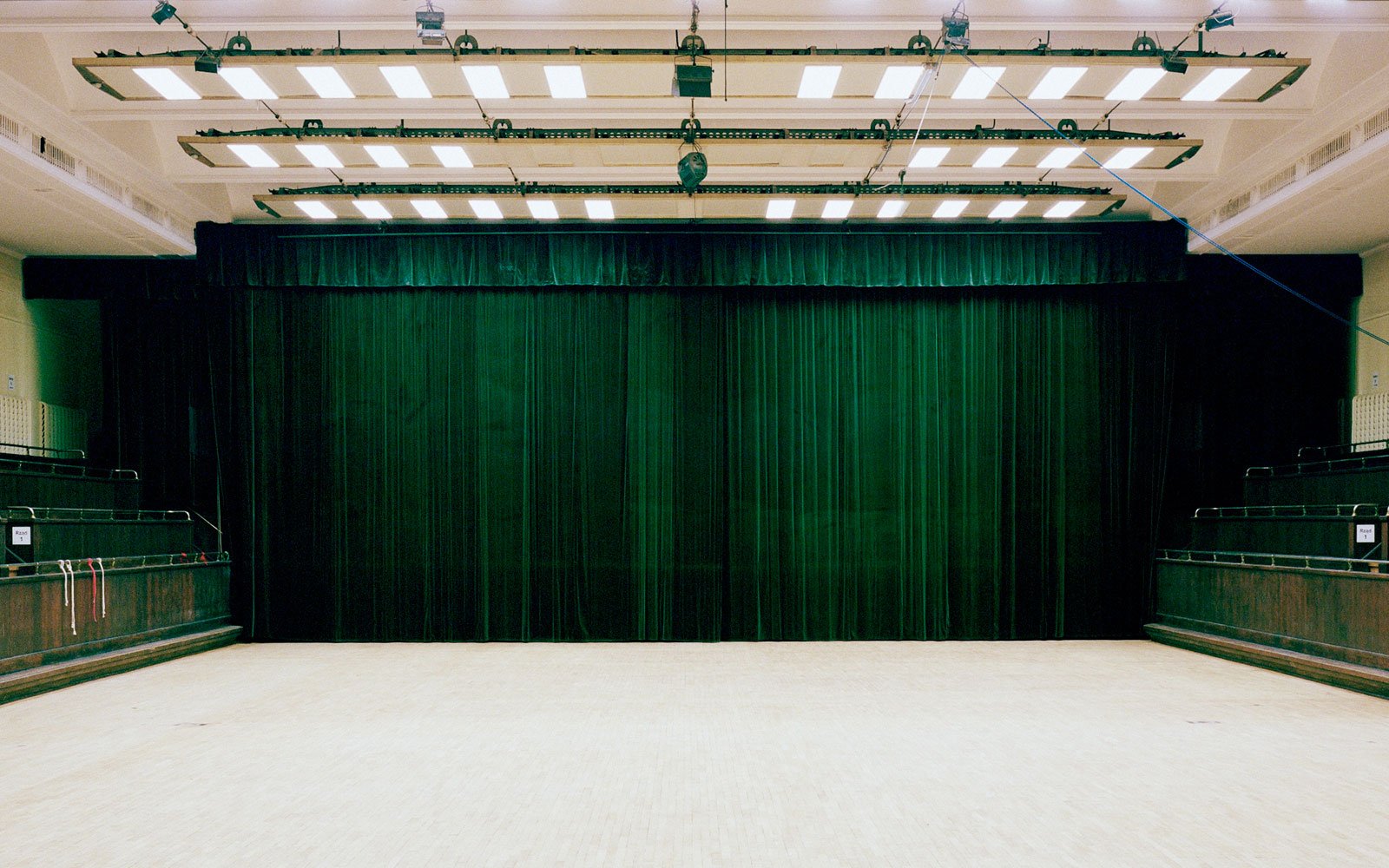Belly of the beast: see the human side of Warsaw’s controversial Soviet skyscraper
The Palace of Science and Culture, Stalin’s well-endowed and much loathed gift to the people of Warsaw, has suffered many unfortunate nicknames over its 61 years, from “the vertical barracks” to “Soviet trojan horse”, “Russian wedding cake” and “elephant in lacy underwear”. PKiN, its Polish abbreviation, is rather modest in comparison and not as well recognised outside of Poland. It is perfect however as the title of Polish photographer Jacek Fota’s series on Poland’s tallest building, which gives a glimpse into its hidden, in-between and incomplete lairs.
It is Poland’s tallest and most controversial building. Stalin had the idea to build a cultural centre, at a time when the city was desperately in need of housing after the damage of the Second World War. He enlisted a team of Russian labourers and Lev Rudnev as architect to replicate the same flamboyant Gothic style as Moscow’s Seven Sisters. Stalin died before PKiN was completed. Over 200 metres high and with 3,000 rooms it stands today as an opulent piece of Soviet propaganda on Warsaw’s Palace Square. “Everyone in Poland knows the Palace of Culture and Science. I am not from Warsaw, so I did not grow up in its shadow but I learnt about it when I was a kid. I saw it for the first time when was on a school trip. I was maybe 11. The observation deck on the 30th floor is an essential part of every school trip to Warsaw,” says Fota, who grew up in northern Poland and later in the US, and now resides in the Polish capital.
Fota’s images feature an archivist, a repairman, and a live-in cat sitter — many of whom have worked there for several decades and have a story to tell
One of the largest challenges of the project was gaining access to the building in the first place. PKiN houses the Academy of Sciences, the Evolution Museum and Palace of Youth, which offers activities for children, as well as other cultural entities such as libraries, theatres, a cinema, a swimming pool, congress hall, bars and restaurants. “I needed separate permissions for each institution. First, it took me about three months to get access to the main building. Getting inside the Palace of Youth was the hardest and it took about seven months until I began photographing,” Fota reveals. He first started taking pictures inside PKiN in June 2013, when parts of the building were scheduled for renovation. This proved to be a blessing than a hindrance: “I was lucky, I have some images that no one has had a possibility to photograph,” he says.
Fota’s images feature parts of PKiN’s infrastructure such as the ventilation or control rooms, as well as people employed to care for the building — an archivist, a repairman and a live-in cat sitter — many of whom have worked there for several decades and have a story to tell. “The Congress Hall inside the Palace is a place for all the major meetings and galas. It also used to be the location of Communist Party congresses. There were many preparations before each congress and the security measures increased. The Russians even brought their own cooks. The night before the main congress one year the kitchen was busy. Suddenly, one of the cauldrons exploded. People started to panic, because they thought it was a terrorist attack. It took several hours to calm everyone down,” the photographer recounts.
Only one of Fota’s images shows PKiN’s exterior, as seen from the car park roof on Nowogrodzka Street. Since the collapse of the Soviet Union, the Stalinist skyscraper has survived much talk of demolition. Though in its scale and symbolism the Stalinist skyscraper is a looming presence over the city, it is as fragile as any other building. By going deep into mechanics of the structure, Fota reveals its most vulnerable spaces — the belly of the beast.
Text: Liza Premiyak
Image: Jacek Fota
